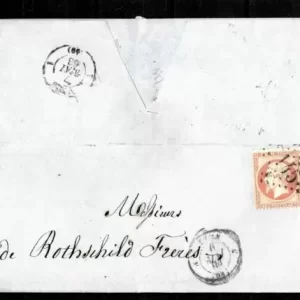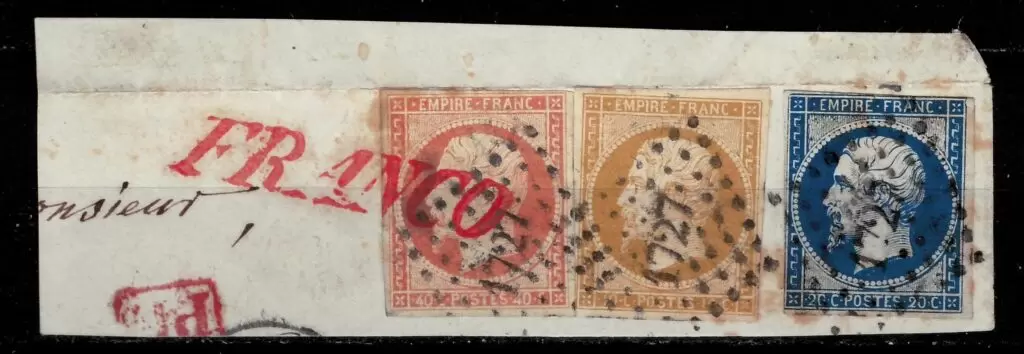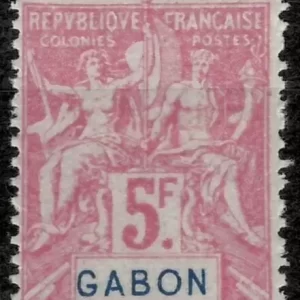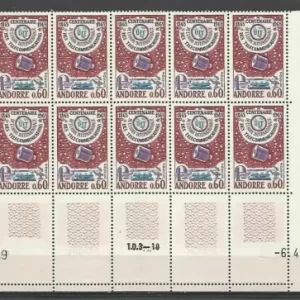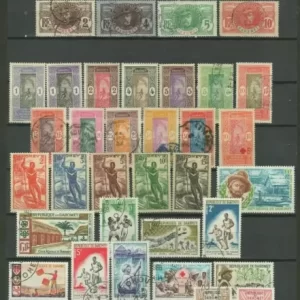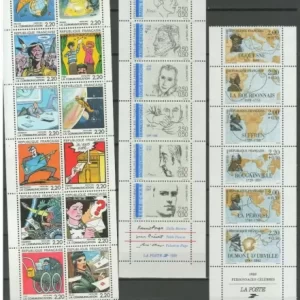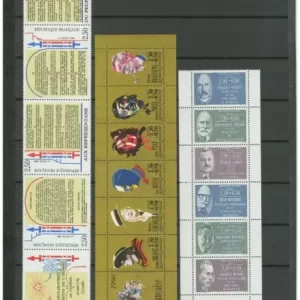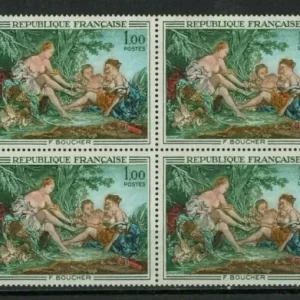The Ceres and Napoléon stamps from France between 1850 and 1880 are among the most significant issues in philatelic history. Here’s a brief overview of both:
Ceres Stamps
The Ceres stamps are named after the Roman goddess of agriculture. They were the first postage stamps issued by France, starting in 1849.
Key Features:
- Design: The stamps feature a profile of Ceres, designed by Jacques-Jean Barre.
- Colors: They were issued in various colors including black, orange, and blue.
- Denominations: The initial issues included values such as 10 centimes, 20 centimes, and higher denominations.
- Usage Period: The first series was issued from 1849 to 1850, with subsequent reissues and modifications over the following decades.
Napoléon Stamps
The Napoléon stamps depict Emperor Napoléon III and were first issued in 1852, following his ascension to power.
Key Features:
- Design: The stamps feature a profile of Napoléon III, also designed by Jacques-Jean Barre and later by his son, Anatole Hulot.
- Colors: Various colors were used, including green, red, and blue.
- Denominations: Included a range of values from 1 centime to higher denominations like 1 franc.
- Usage Period: The first Napoléon stamps were issued in 1852, with several reissues and different series continuing until 1870.
Notable Series and Issues:
- Ceres Series (1849-1850):
- 10 centimes black
- 20 centimes blue
- Napoléon Series (1852-1870):
- 10 centimes bistre
- 20 centimes blue
- 40 centimes orange
- 80 centimes carmine
- Ceres Reissues (1870-1880):
- Following the fall of the Second Empire, the Ceres design was reintroduced.
- 1 centime green
- 2 centimes brown
- 5 centimes green
These stamps were used widely in France and its colonies and are highly sought after by collectors for their historical significance and beautiful designs.


